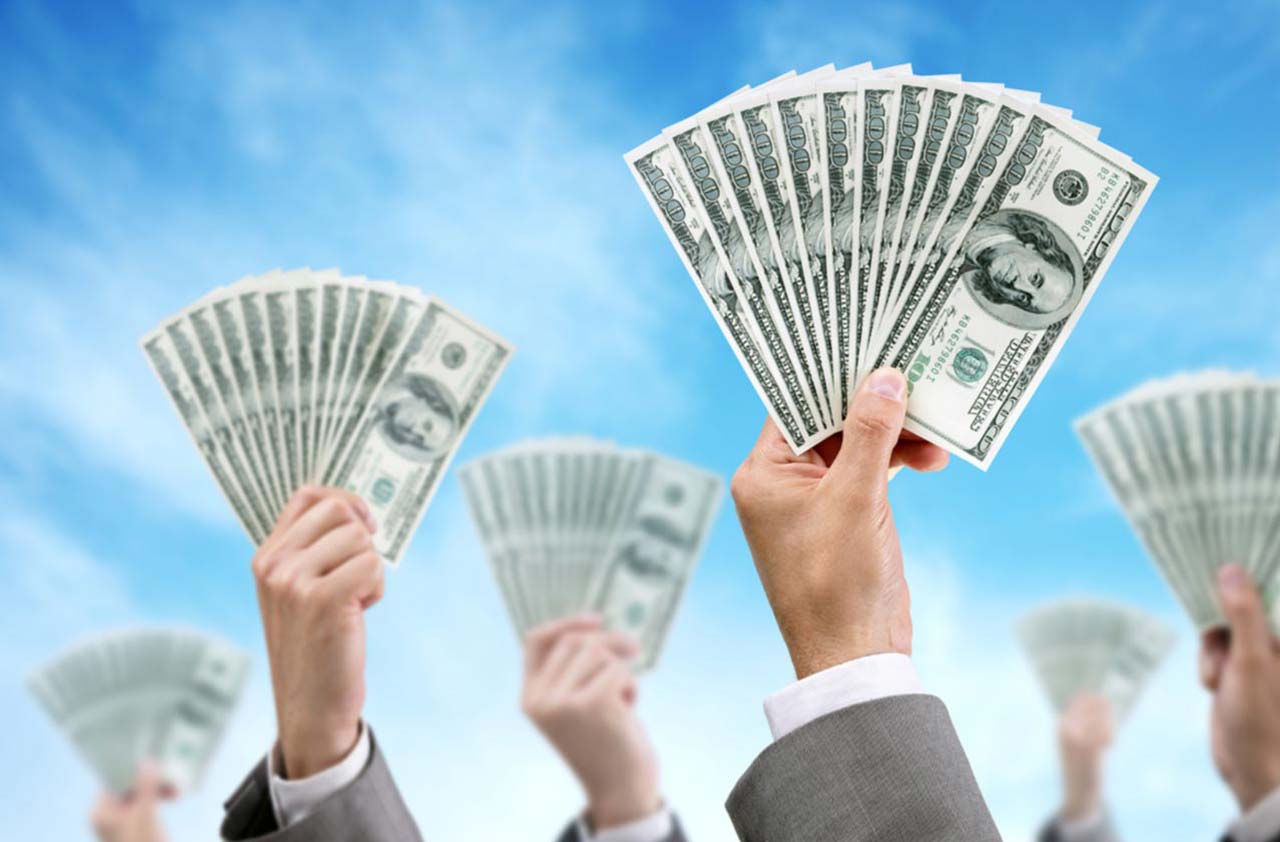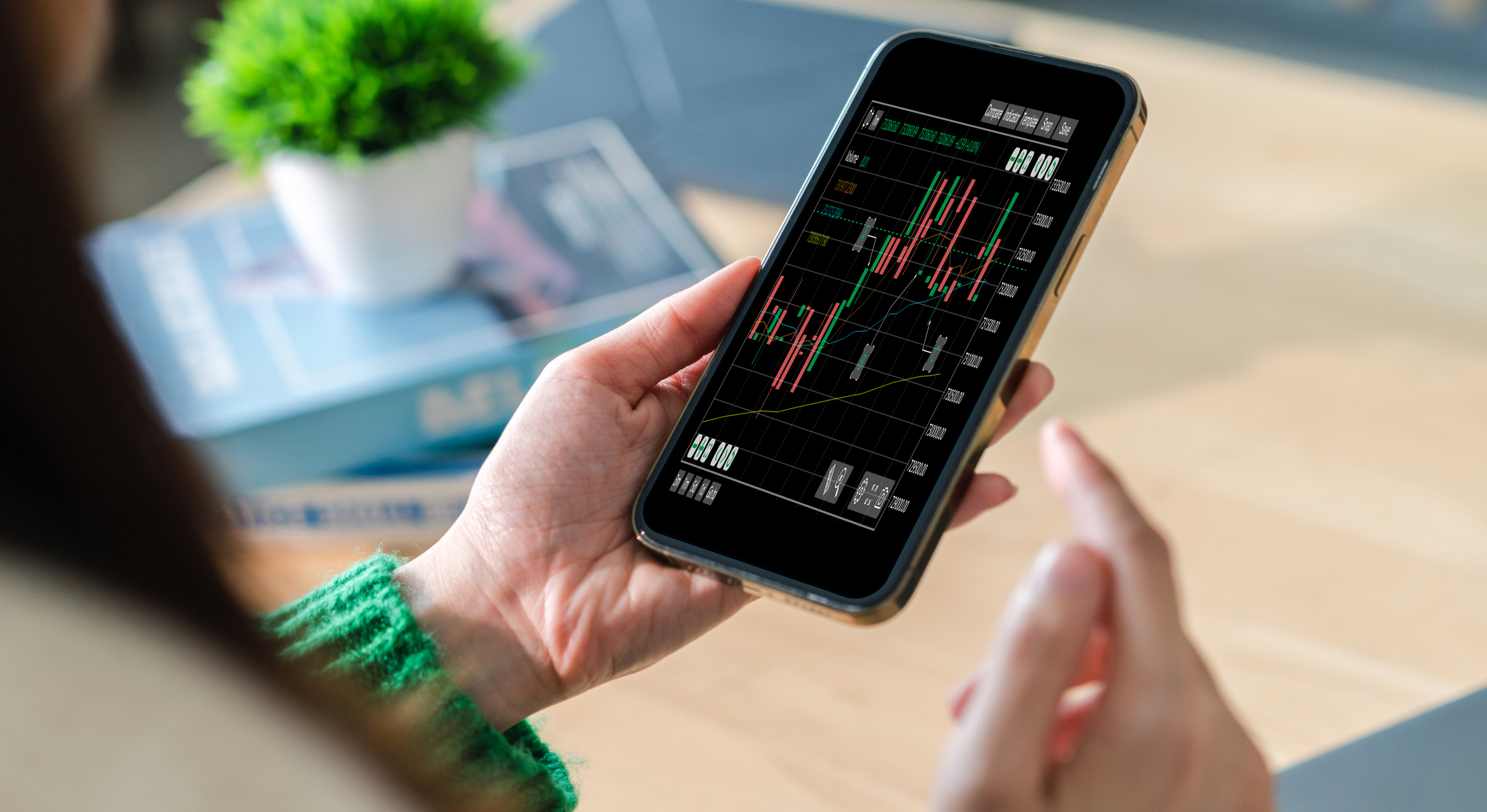Will Flex Fuel Save You Money?
E85 is a lot cheaper than gas now, but it might not save you money to fill up your car with it.

First the good news: Gasoline prices are at their lowest level in months, according to AAA. Now more good news: Flex-fuel prices have been falling, too, and are about $1 less per gallon than regular gasoline now, according to the Kiplinger Agriculture Letter.
So maybe you’re scratching your head wondering what flex fuel is and why you should care that it’s cheaper than gas. E85, or flex fuel, is a blend of 85% ethanol and 15% gasoline that can be used in vehicles specially designed to run on it – as well as regular gasoline. There are more than 10.6 million flex-fuel vehicles on the road, according to the U.S. Energy Information Administration. You might even be driving one and not realize it.
To find out if your car can run on cheaper flex fuel, check your owner’s manual or look for an E85 label on the fuel door , a yellow gas cap or a badge on your car with the term “E85,” “Flex Fuel,” or “FFV.”

Sign up for Kiplinger’s Free E-Newsletters
Profit and prosper with the best of expert advice on investing, taxes, retirement, personal finance and more - straight to your e-mail.
Profit and prosper with the best of expert advice - straight to your e-mail.
The Kiplinger Agriculture Letter reports that E85 is $2.35 to $2.70 per gallon at filling stations in the Midwest. The national average price is $2.77, according to E85Prices.com. The average price of a gallon of gas is about $3.54, according to AAA. So if your car can run on flex fuel as well as gasoline, the choice seems clear … but it’s not.
When you fill up with E85, you get fewer miles per gallon because ethanol contains less energy. So you have to fill up more frequently, which could wipe out your savings.
For example, a 2014 Ford Focus gets 40 miles per gallon on the highway with gas but only 28 miles per gallon with E85, according to FuelEconomy.gov, the official U.S. government source for fuel economy information. Using the current average E85 and gas prices, you’d pay about 10 cents per mile with E85 but about 9 cents per mile with gas (fuel price divided by miles per gallon with that fuel). To frame it another way, you’d pay 21.5% less per gallon for E85, but your miles per gallon would be reduced by 30%. So filling up with gas is cheaper in this instance. The price of E85 would have to be more than 30% less per gallon than gasoline to be the cheaper fuel alternative for the Ford Focus.
When we ran the numbers for vehicles with a much smaller difference between the number of miles per gallon they got with gasoline versus E85, we found it still was cheaper to fill up with gas. The lower price of flex fuel couldn't compensate for even a small reduction in miles per gallon.
You can find out your vehicle’s MPG estimate for gas and E85 at FuelEconomy.gov. Or you could test it yourself by filling up your tank with gas and recording how many miles you get, then filling up with E85 to see how many miles your car goes. Then you can do the math to find out whether you’ll save money with E85.
The problem you might run into, though, is finding a filling station nearby that sells E85. There are only about 2,300 filling stations that sell it, according to FuelEconomy.gov, and most are in the upper Midwest. You can search for stations near you with the Alternative Fuels Data Center’s alternative fueling station locator.
Get Kiplinger Today newsletter — free
Profit and prosper with the best of Kiplinger's advice on investing, taxes, retirement, personal finance and much more. Delivered daily. Enter your email in the box and click Sign Me Up.

Award-winning journalist, speaker, family finance expert, and author of Mom and Dad, We Need to Talk.
Cameron Huddleston wrote the daily "Kip Tips" column for Kiplinger.com. She joined Kiplinger in 2001 after graduating from American University with an MA in economic journalism.
-
 Ten Cheapest Places To Live in Florida
Ten Cheapest Places To Live in FloridaProperty Tax Make your Florida vacation spot daily living — these counties have the lowest property tax bills in the state.
By Kate Schubel
-
 I'm 50 and my home is worth $5 million. Can I retire now?
I'm 50 and my home is worth $5 million. Can I retire now?It may be oh-so tempting to cash out your upscale home and leave work for good. But should you? We ask the experts.
By Maurie Backman
-
 Five Reasons You Shouldn't Shop on Amazon Prime Day
Five Reasons You Shouldn't Shop on Amazon Prime DaySmart Buying Think twice before getting lured into buying a bunch of stuff you don't need just because it's on sale.
By Andrea Browne Taylor
-
 Five Ways to Save on Vacation Rental Properties
Five Ways to Save on Vacation Rental PropertiesTravel Use these strategies to pay less for an apartment, condo or house when you travel.
By Cameron Huddleston
-
 How to Avoid Annoying Hotel Fees: Per Person, Parking and More
How to Avoid Annoying Hotel Fees: Per Person, Parking and MoreTravel Here's how to avoid extra charges and make sure you don't get stuck paying for amenities that you don't use.
By Cameron Huddleston
-
 Best Cash Back Credit Cards of 2025
Best Cash Back Credit Cards of 2025Credit Cards If you're searching for a credit card that rewards you for everyday purchases, we've chosen the best.
By Ellen B. Kennedy
-
 How to Spend $1,000: Find Cheap (or Free) Online Courses to Build Career Skills
How to Spend $1,000: Find Cheap (or Free) Online Courses to Build Career SkillsSmart Buying There's a huge array of skill-building online courses that can level up your career for under $1,000.
By Kim Clark
-
 How to Invest $1,000: Loan to Kiva
How to Invest $1,000: Loan to KivaSmart Buying What could be better than donating to a good cause? Making that donation a loan and recycling it, re-investing after each repayment.
By Ellen Kennedy
-
 How to Invest $1,000: Open a Robo-Adviser Account
How to Invest $1,000: Open a Robo-Adviser AccountSmart Buying It's easier than ever to access low-cost, automated investing advice through a robo-adviser.
By Nellie S. Huang
-
 How to Invest $1,000: Buy Small-Cap Stocks
How to Invest $1,000: Buy Small-Cap StocksSmart Buying Shares of smaller firms have been beaten down in this market slump. But history shows they can still outperform over time.
By Kim Clark